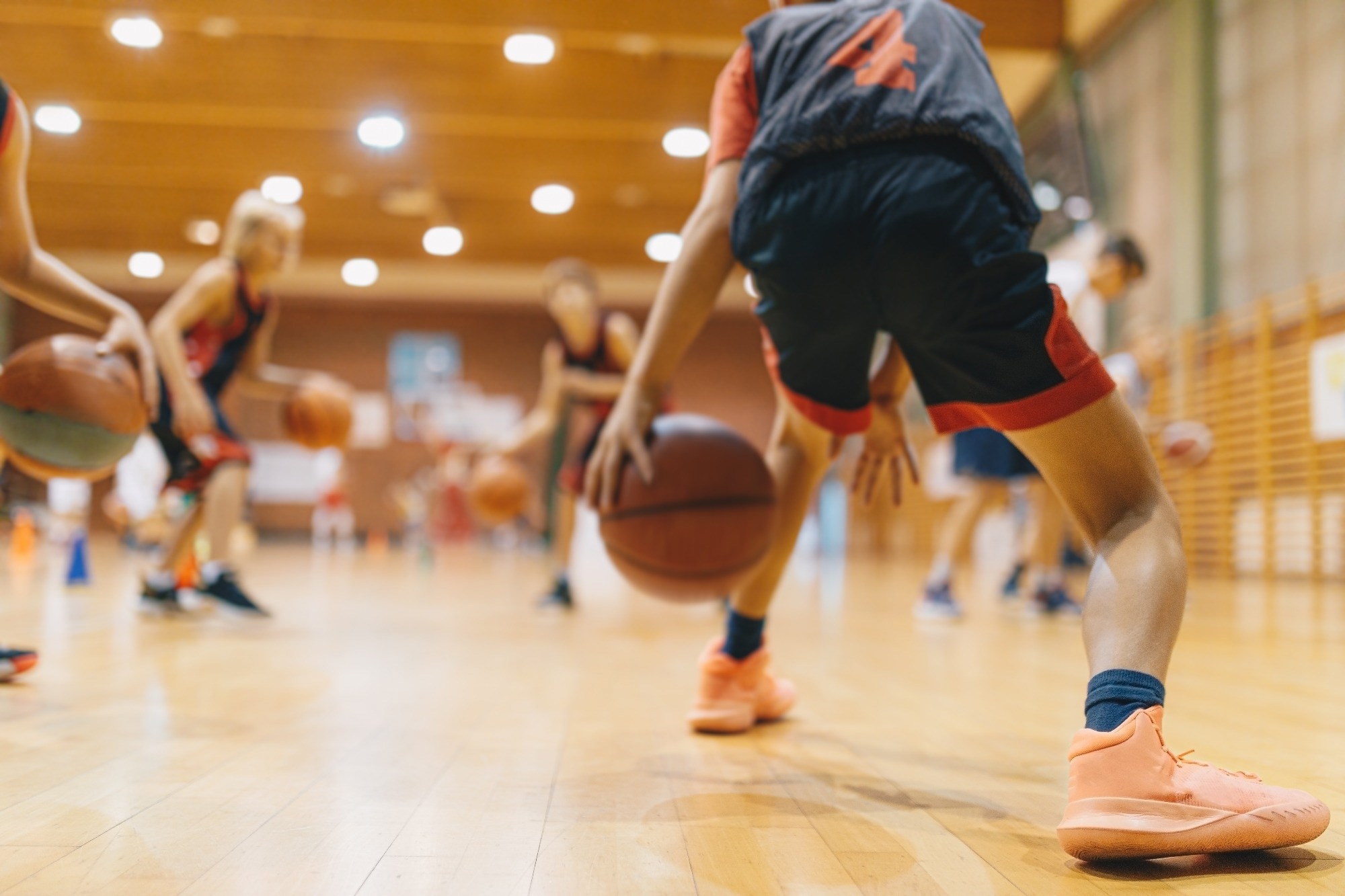Manual dexterity is a vital motor skill associated with the normal development of the neural and motor systems and demonstrates their coordination. Children who show deficits in this skill require training with costly and prolonged methods, requiring specialized facilities outside schools or sports clubs. A new study in the journal Scientific Reports suggests the potential utility of a commonly played sport, basketball, in building manual dexterity among the young.
 Study: Young basketball players have better manual dexterity performance than sportsmen and non-sportsmen of the same age: a cross-sectional study. Image Credit: matimix / Shutterstock
Study: Young basketball players have better manual dexterity performance than sportsmen and non-sportsmen of the same age: a cross-sectional study. Image Credit: matimix / Shutterstock
“Manual dexterity is the ability to manipulate objects through hand and finger coordination.” It depends on cognition, muscular strength, and proper control of force. It also determines the ease and skill with which people can perform fine motor activities required for daily life, giving them autonomy and self-efficacy.
Sports practice is important in early life, helping develop motor functions and keep the body healthy. The current study extended earlier research that failed to unequivocally demonstrate the positive effects of physical activity, or sports, or guided activity, on manual dexterity by selecting a specific sport, namely, basketball.
Basketball was chosen in this experiment due to its demands for hand-eye coordination and coordination between both hands and the visual and motor systems. In addition, in a constantly changing scenario, a wide range of skilled activities is essential to keep the basketball in play, including dribbling, passing, catching, throwing, and shooting the basket.
This makes it a prime candidate for transmitting such skills via the training of the brain. This is suggested by the observed increase in the volume of parts of the brain involved in the coordination of manual motor skills with other neurological functions in basketball players.
There were 78 children in the study, with 37 basketball players, 19 who played other sports, and 22 non-sports players.
What did the study show?
The researchers used three tools, the grooved pegboard test (GPT), the coin rotation task (CRT), and the handgrip test (HGT), to measure manual dexterity in each of the three groups. For all three tests, performance was superior among young basketball players compared to children who did not play sports and those who played other sports.
The difference gained significance for the basketball group vs both other groups for the GPT and HGT. The GPT with the dominant hand scored higher in the basketball player group compared to both other groups, which did not show any significant differences. With the non-dominant hand, the basketball player group scored higher than the non-sports group.
With the HGT, basketball players performed better than the other groups for both hands, dominant and non-dominant. With the CRT, there was moderate reliability in the results of repeated tests. Overall, the average absolute manual dexterity score with either hand in the basketball group appeared significantly higher than in the other two groups.
The association between CRT and HGT was low but significant with either hand but stronger with CRT and GPT.
What are the implications?
This pioneering study on manual dexterity in young basketball players indicates that “basketball practice could positively influence manual dexterity.” Non-basketball players who practiced sports showed comparable results with those who did not play sports, with all three tests corroborating earlier results, indicating no significant differences in hand-eye coordination between these groups.
The various skills practiced during basketball stimulate the development of brain areas that regulate coordination between the eyes and the hand or between the movements of both hands. This could explain how young basketball players showed the greatest manual dexterity among all three groups.
If validated, it could encourage the adoption of basketball as a means to improve this skill among children in whom it is impaired, in a non-clinical way, as part of a larger group sport.
The results also suggest that the CRT may be an adequate proxy for manual dexterity in children who play basketball, with “sufficient accuracy and acceptable absolute reliability.” This needs to be validated as it could point to an easy, quick, and inexpensive tool to test manual dexterity.